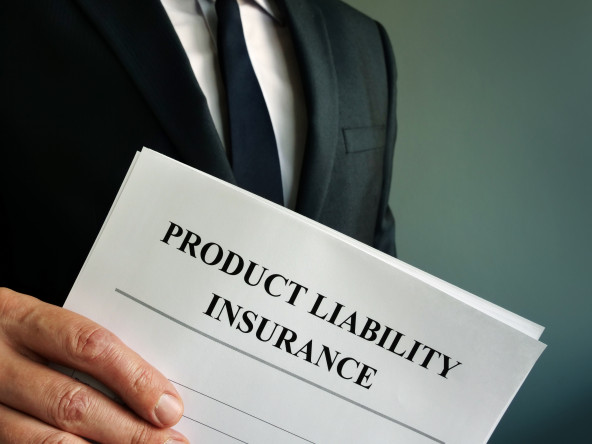EU Product Liability Directive

The new product liability directive currently being drafted contains the following provisions in particular:
Comprehensive claims for damages
It regulates no-fault civil claims for damages against the manufacturer for personal injury, damage to property and (new) loss of data caused by defective products.
Unlike the AI Liability Directive, which regulates fault-based liability for AI systems, the Product Liability Directive regulates strict liability.
The new Product Liability Directive also clarifies that the new products of the digital age are covered, e.g. software and especially AI systems, i.e. artificial intelligence.
Damage covered
The damages covered by the new Product Liability Directive have also been adapted to the digital age and are more extensive than before. For example, damage caused by the loss of or damage to data is explicitly included, but only if the data is not used exclusively for professional purposes.
In the case of damage to property, the previous restriction to privately used products will no longer apply.
The previous de minimis threshold of EUR 500 is to be dropped, as is the previous upper limit.
It should also be noted that liability under the Product Liability Directive continues even after the product has been placed on the market. For example, changes to the product due to software updates or machine learning are to be covered.
A product may also be defective expressly because safety requirements, including cybersecurity requirements, have been disregarded.
Disclosure of evidence
Similar to the draft AI Liability Directive, the new Product Liability Directive also provides for a disclosure obligation, according to which, for example, manufacturers must make evidence under their control available to the injured party for the enforcement of their claim if the claim is "plausible". This is intended to balance out the information asymmetry between the manufacturer and the injured party.
Presumption of causality
Furthermore - again similar to the AI Liability Directive - a reversal of the burden of proof or a presumption of causality is regulated. This means that the product is initially assumed to be defective,
if relevant evidence is not disclosed despite being requested to do so, or
if it is proven that the product does not meet mandatory safety requirements intended to provide protection against the risk of the damage that has occurred, or
if it is proven that the damage was caused by an obvious malfunction of the product during normal use or under normal circumstances.
A causal link between the defectiveness of the product and the damage is then presumed if it has been established that the product is defective and the damage caused is of the type typically associated with the defect in question.
Circle of liable parties
Furthermore, the circle of liable parties is extended in cases where neither the manufacturer, importer nor authorized representative has his or her registered office within the European Union: a so-called fulfilment service provider is then liable. These fulfillment service providers may be companies in the areas of warehousing, packaging, addressing and shipping of the product.
Limitation period
The limitation period is also supplemented by a knowledge-independent maximum period of 10 years or 15 years in the case of physical injury that is not immediately recognizable (if physical injury only becomes recognizable after a delay due to a latency period).
This article is part of the overview of the current changes to the EU data strategy and the New Legislative Framework. Please note that the legislative proposal is currently a draft (although marked as "final"). It is therefore not yet applicable law and there may still be changes in the legislative process. However, due to the manageable "transitional periods", it is already necessary to "take a look" at the upcoming law.
